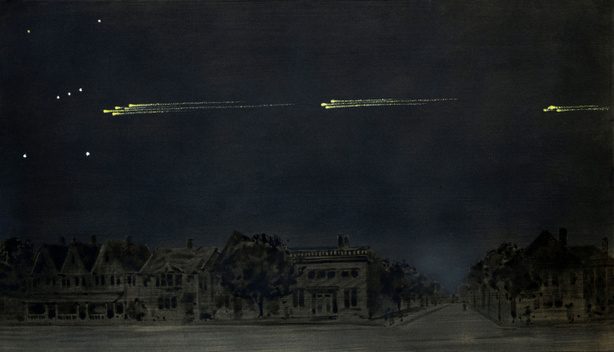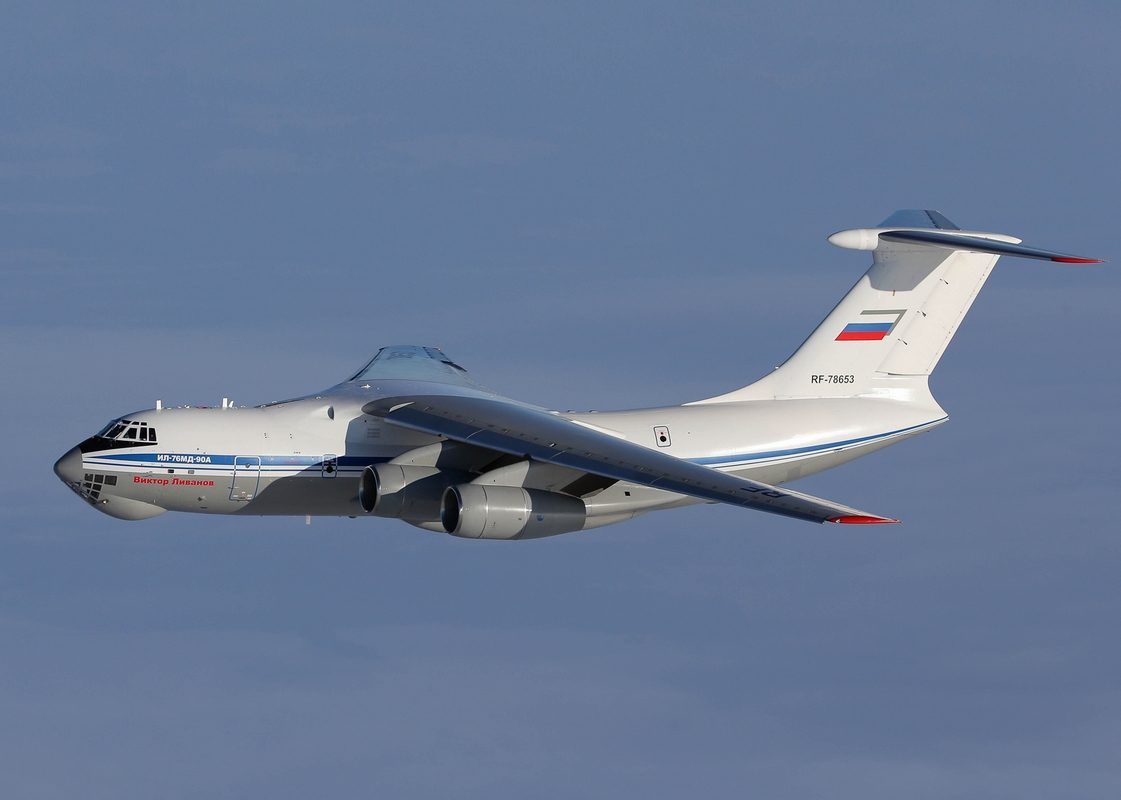Description
On February 9, 1913, a significant meteoric phenomenon was reported from locations across Canada, the northeastern United States, Bermuda, and from many ships at sea as far south as Brazil, giving a total recorded ground track of over 11,000 km, and becoming known as the Great Meteor Procession of 1913. The meteors were particularly unusual in that there was no apparent radiant, the point in the sky from which meteors usually appear to originate. The observations were analysed in detail, later the same year, by the astronomer Clarence Chant, leading him to conclude that as all accounts were positioned along a great circle arc, the source had been a small, short-lived natural satellite of the Earth.







